
Carriage bolts are more than just fasteners—they’re a critical component that holds projects together, both structurally and visually. Whether you’re a DIY enthusiast, a woodworking hobbyist, or a professional contractor, understanding how carriage bolts work will help you take your projects to the next level.
Carriage bolts might seem like a small and simple piece of hardware, but these versatile fasteners are essential for many woodworking projects, home improvements, and even large-scale construction tasks. If you’ve ever wondered what makes carriage bolts unique and how they work, you’ve come to the right place.
This guide will walk you through everything you need to know about carriage bolts. You’ll learn their purpose, how they function, and even step-by-step instructions for installing them. We’ll also explore why choosing quality carriage bolts from a company like 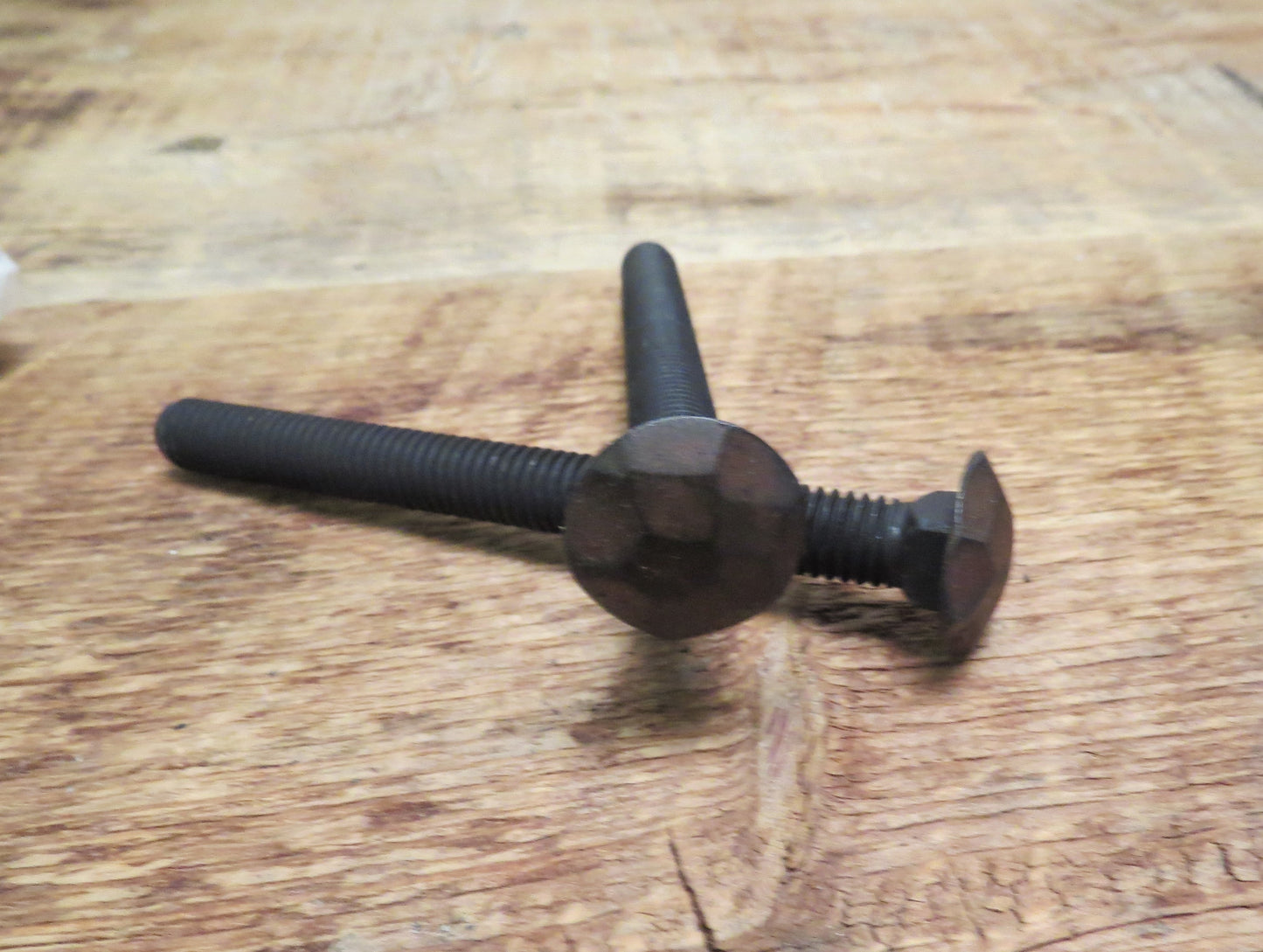
What Are Carriage Bolts?
Carriage bolts, also sometimes called coach bolts, are a type of threaded fastener with a distinctive rounded head and a square neck beneath it. These bolts are commonly used in woodworking, construction, and metal projects where a strong, secure connection is needed.
The uniqueness of the carriage bolt lies in its design. The square neck acts as a locking mechanism when driven into a pre-drilled hole, especially in wood. This feature ensures the bolt doesn’t turn when a nut is tightened on the opposite end.
Carriage bolts are typically paired with washers and nuts to create a secure, stable connection. Their smooth, rounded head gives them a clean, polished look while also reducing the likelihood of snags or injuries from sharp edges. 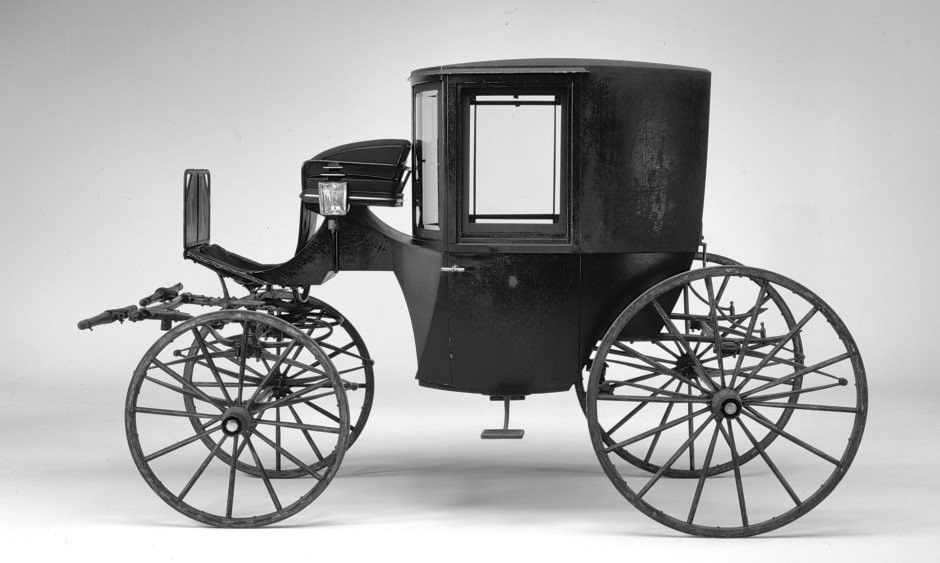
Why Were Carriage Bolts Invented?
Carriage bolts have been around for centuries and were initially designed for wooden carriage construction—hence the name. During the 18th and 19th centuries, engineers needed a reliable way to fasten wooden components on horse-drawn carriages without compromising strength or appearance.
The square-neck design was a clever innovation that allowed carriage bolts to lock into wooden frames without the need for additional tools, making assembly faster and more reliable. Over time, these versatile bolts found applications beyond carriages, becoming a staple in a wide range of projects, from furniture building to deck construction.
Today, carriage bolts are widely used in any project requiring a secure yet aesthetically pleasing fastener. 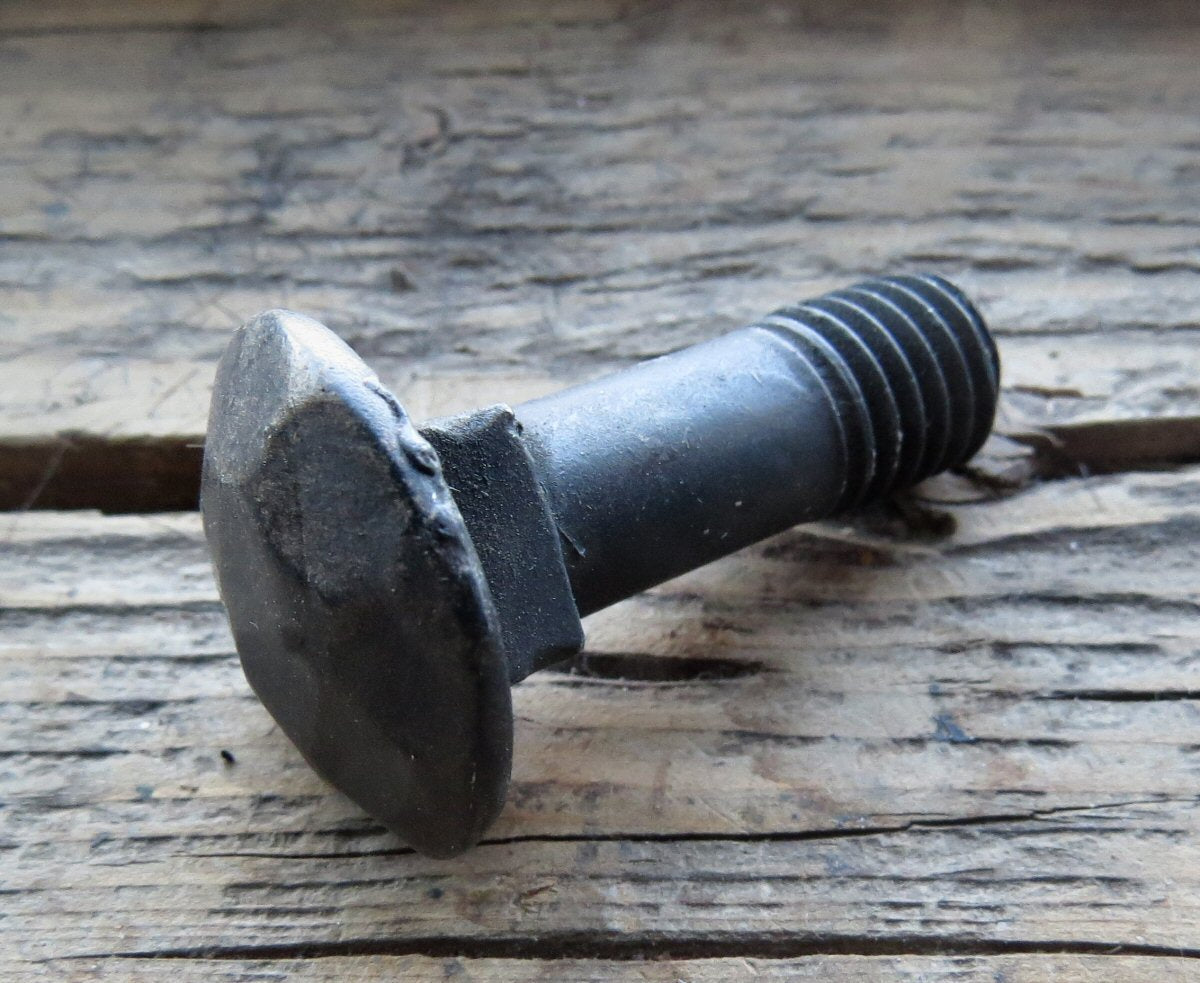
How Do Carriage Bolts Work?
Carriage bolts function in a unique way, making them ideal for applications where the bolt head needs to be flush or smooth with the surface. Here’s how they work step by step:
- Square Neck Locking
Beneath the mushroom-shaped, rounded head of a carriage bolt is a square section. When the bolt is inserted into a pre-drilled hole (usually in wood), this square neck bites into the wood. This prevents the bolt from spinning as you tighten the nut on the opposite side.
- Threaded Body
The shaft of the carriage bolt is threaded to allow a nut to be screwed on securely. This thread helps provide tension that holds the joined materials firmly together.
- Flat Surface Compatibility
The rounded head of the bolt fits flush against the surface of the material. This is particularly useful for furniture and decking projects, as it creates a smooth finish that is safe and visually appealing.
- Durability and Strength
Carriage bolts are made from various materials like stainless steel, zinc-coated steel, and even hand-forged iron, offering excellent durability. Once installed correctly, they create a long-lasting and secure connection. 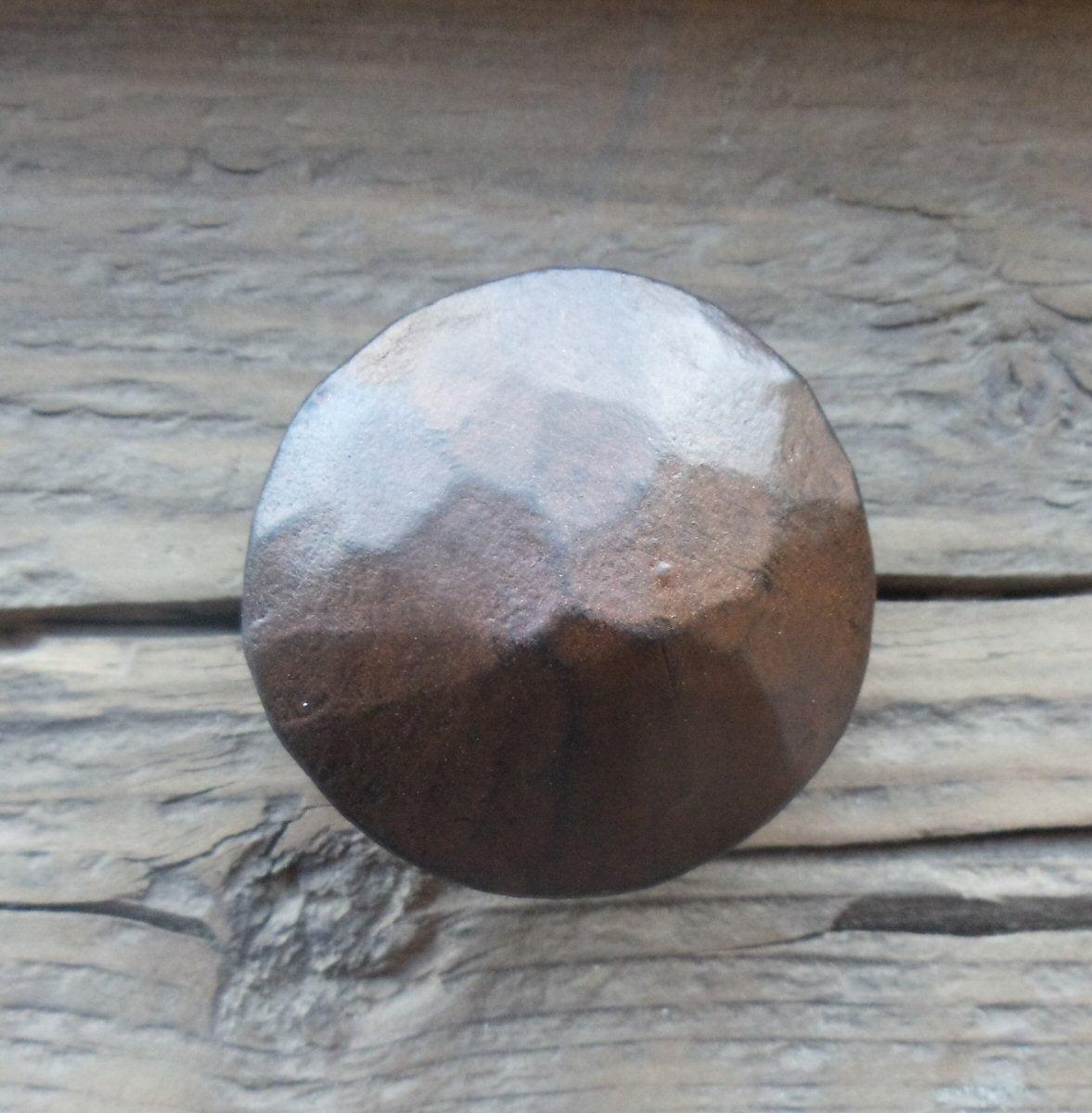
How to Install Carriage Bolts
Installing carriage bolts is a straightforward process, but proper preparation and technique will ensure a secure fit. Follow these steps for a successful installation.
Tools You’ll Need
- Drill and appropriately sized drill bit
- Hammer or mallet
- Wrench or socket set
- Washers and nuts
Step-by-Step Instructions
- Measure and Mark
Identify where you want to place the bolts and measure accurately. Use a pencil to mark the spot.
- Drill the Hole
Using a drill bit that matches the size of your carriage bolt’s body, carefully drill a hole through the material.
- Insert the Bolt
Push the carriage bolt into the hole so the square neck fully enters the material. Use a hammer or mallet to gently tap the bolt into place if it doesn’t slide in easily. The square neck should lock into the wood snugly.
- Add Washer and Nut
On the threaded end of the bolt, place a washer and then tighten the nut manually. Using a wrench or socket set, secure the nut tightly, ensuring the bolt holds firmly in place.
- Check and Finish
Double-check that the connection is secure and that the rounded head is flush against the surface. Trim any excess bolt length if necessary.

Why Order Carriage Bolts from Old West Iron
At
Hand-Made by Artisans
Each of our carriage bolts is hammered by skilled artisans to provide superior quality and style. The attention to detail ensures every bolt meets the highest standards.
Hand-Finished for Unmatched Quality
Our bolts are hand-finished to create a one-of-a-kind product. This results in a unique, rustic appearance that adds character to your projects.
Customizations Available
Need a specific size, finish, or style? No problem.
Proudly US-Owned and Operated
When you shop with 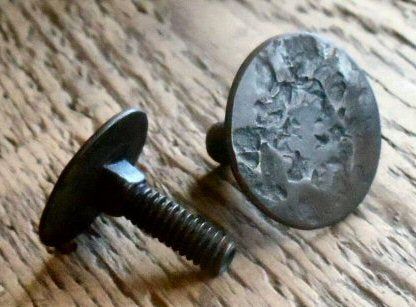
Build with Confidence and Style
Carriage bolts are more than just fasteners—they’re a critical component that holds projects together, both structurally and visually. Whether you’re a DIY enthusiast, a woodworking hobbyist, or a professional contractor, understanding how carriage bolts work will help you take your projects to the next level.
By choosing high-quality, hand-forged carriage bolts from
